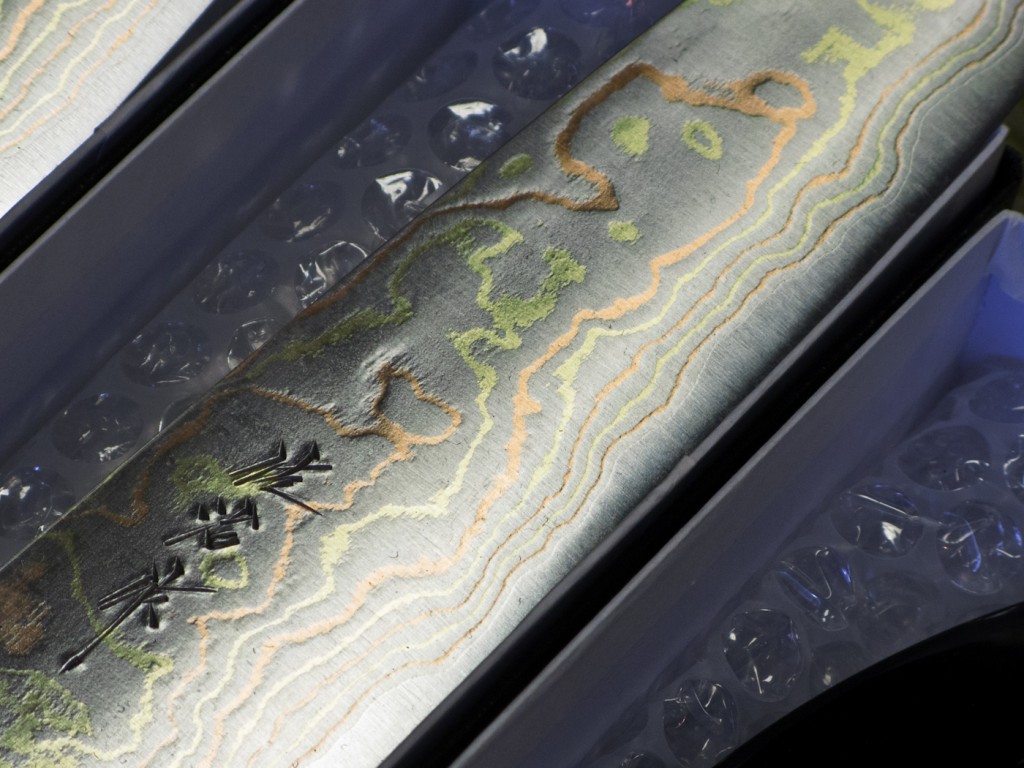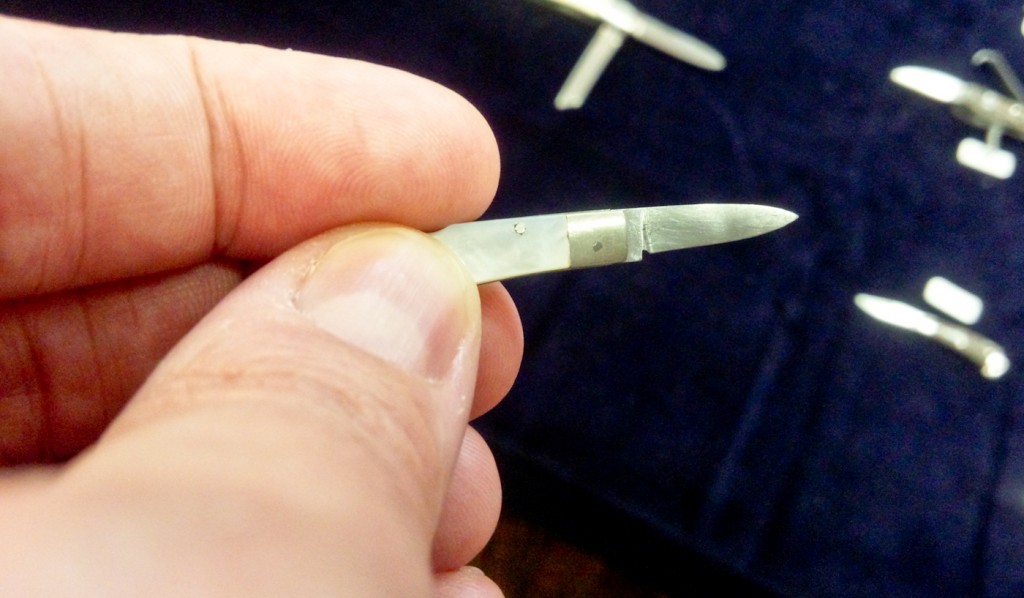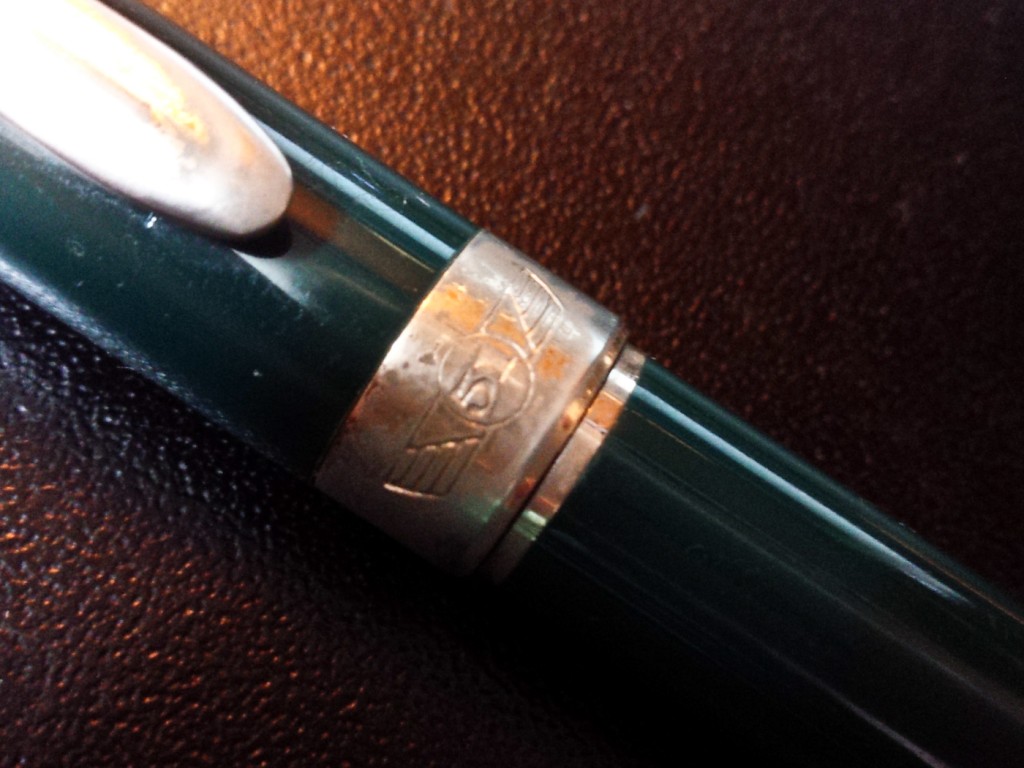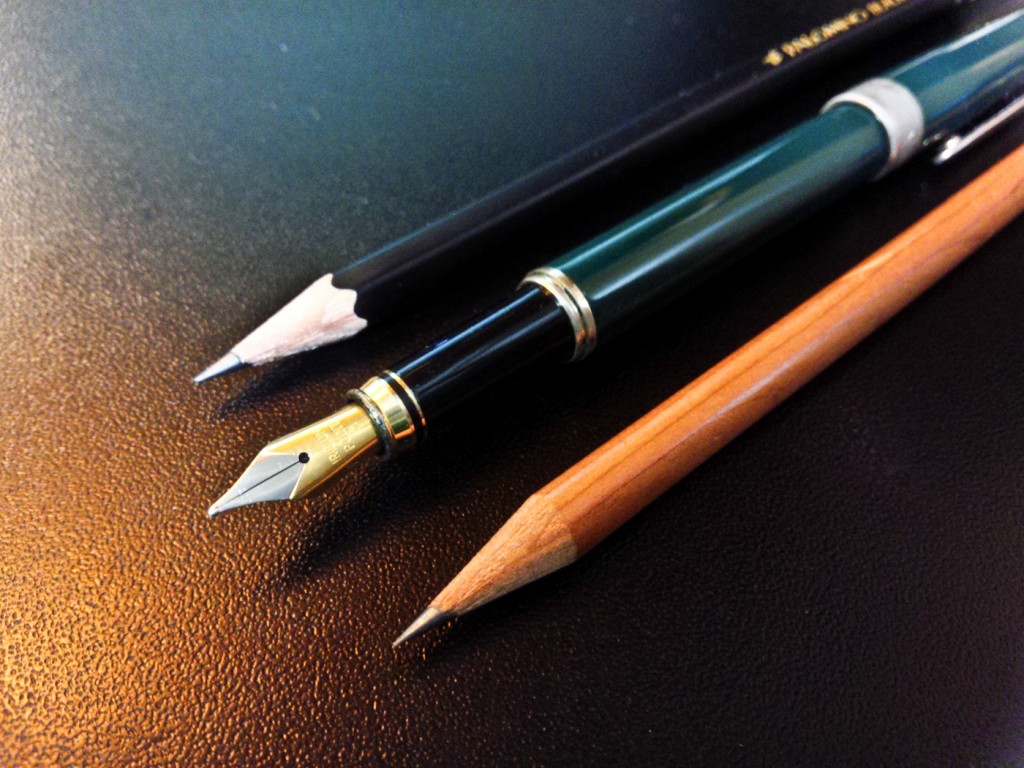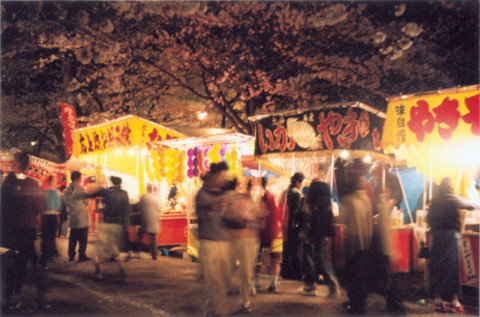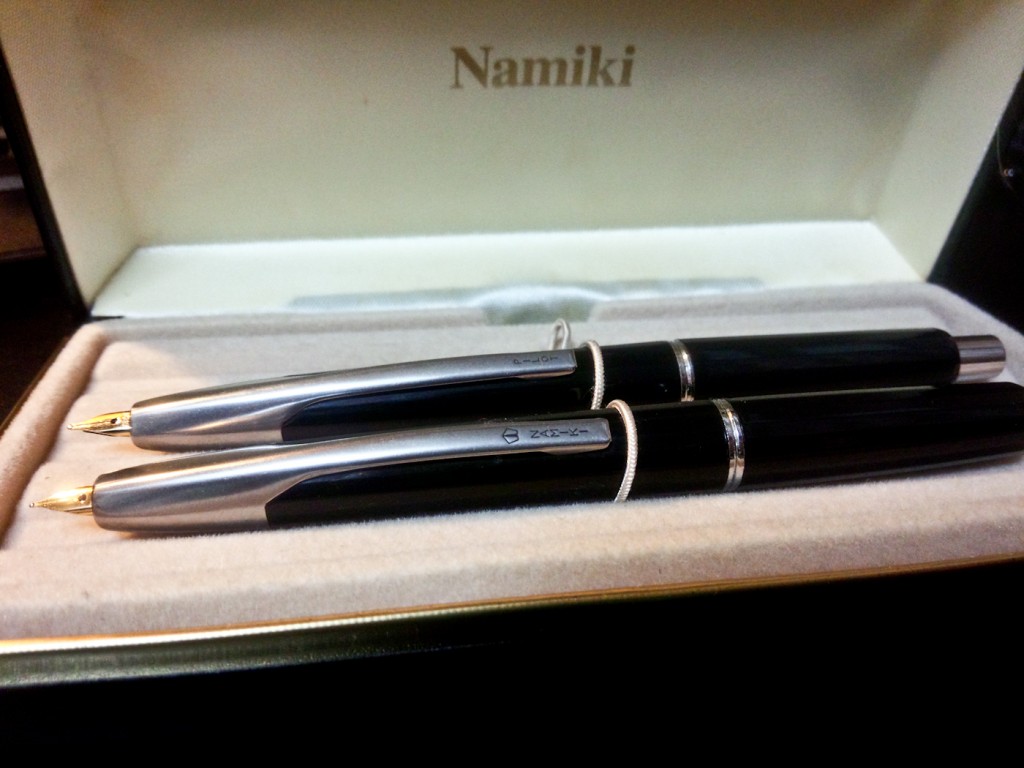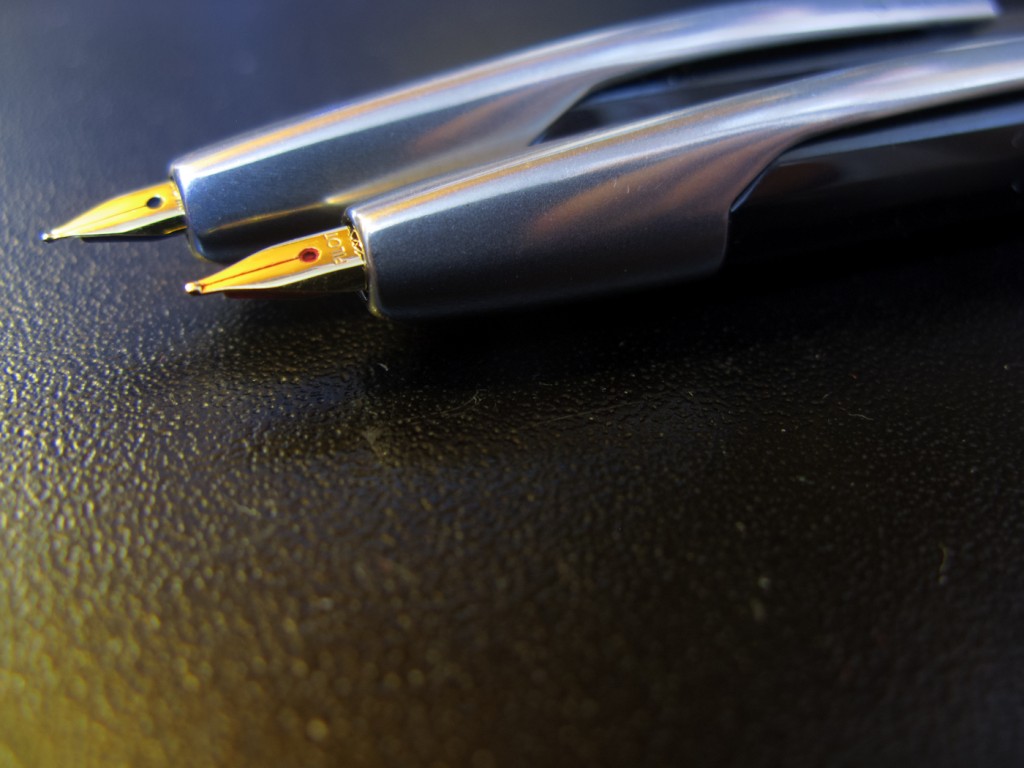I almost cut a woman’s face off today.
In my defense, she was behind me and she was holding the knife too close to her face.
Today was the Japan Custom Knife Makers/Japan Knife Guild Custom Knife Show in Ginza. As always, I froze my credit cards in blocks of ice and headed down to the show.
This year’s show was crowded and I was pleased to see lots of women who seemed to have an interest in knives and that lots of knives were being marked SOLD.
I’ve been around the shows enough that people are starting to talk to me. I’ve even discovered a few English speakers. One guy asked if I was a distributor and I went “No, I’m a, wait, if I say I’m a distributor will I get a discount?” Suddenly he forgot English.
The other trend this time was Damascus steel. Almost every knife maker had a version of their knife made with Damascus. The man who asked if I was a distributor was famous blacksmith/steel maker Kazuo Nomura. His most impressive knives were mix of aogami super steel and different shades of copper. The problem was they were only sold as a set of 10 and the set was $10,000. They also had hand made maki-e handles to help justify the price.

The three on the left are part of the set. The one on the right is extra. Would you really bone chicken with these?
Although everyone was friendly, I think it’s time to move the show to a bigger hall. As the show got crowded it got hard to move around in the small room. At one point, my Canadian friend pulled me away from a woman I was about to bump. When I turned around she was holding an eight inch Bowie knife up to her face to read the logo or check the polish.
Also, it would be nice to see knife-related goods like sheaths and sharpening utensils. There are already a couple vendors who sell knife parts for knife makers they should also start carrying some Japanese waterstones.
Despite the Damascus trend, there was a better mix of knife types than some of the earlier shows I’ve attended. They makers had flippers, lockbacks, fixed blades of different types and a even a few novelty knives that were kind of fun.
It made me look forward to the next show, which doesn’t always happen. I’ll have to keep my credit cards frozen though.


